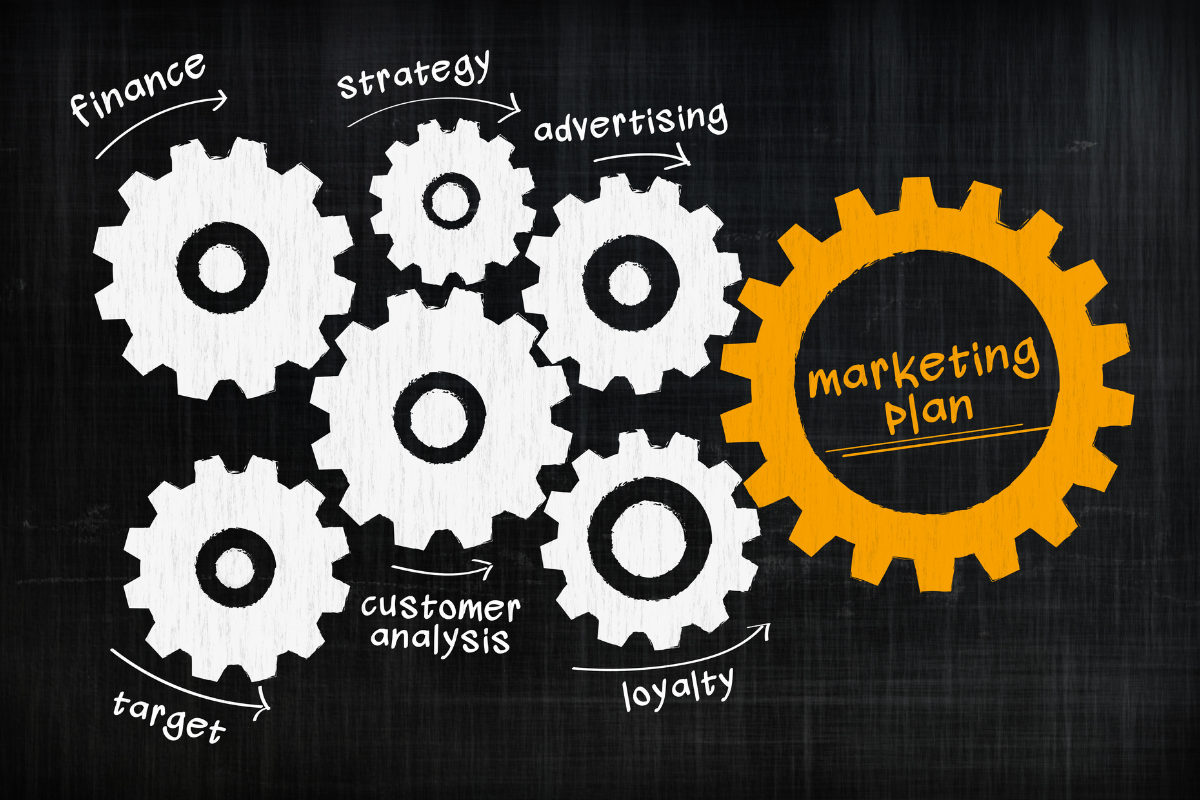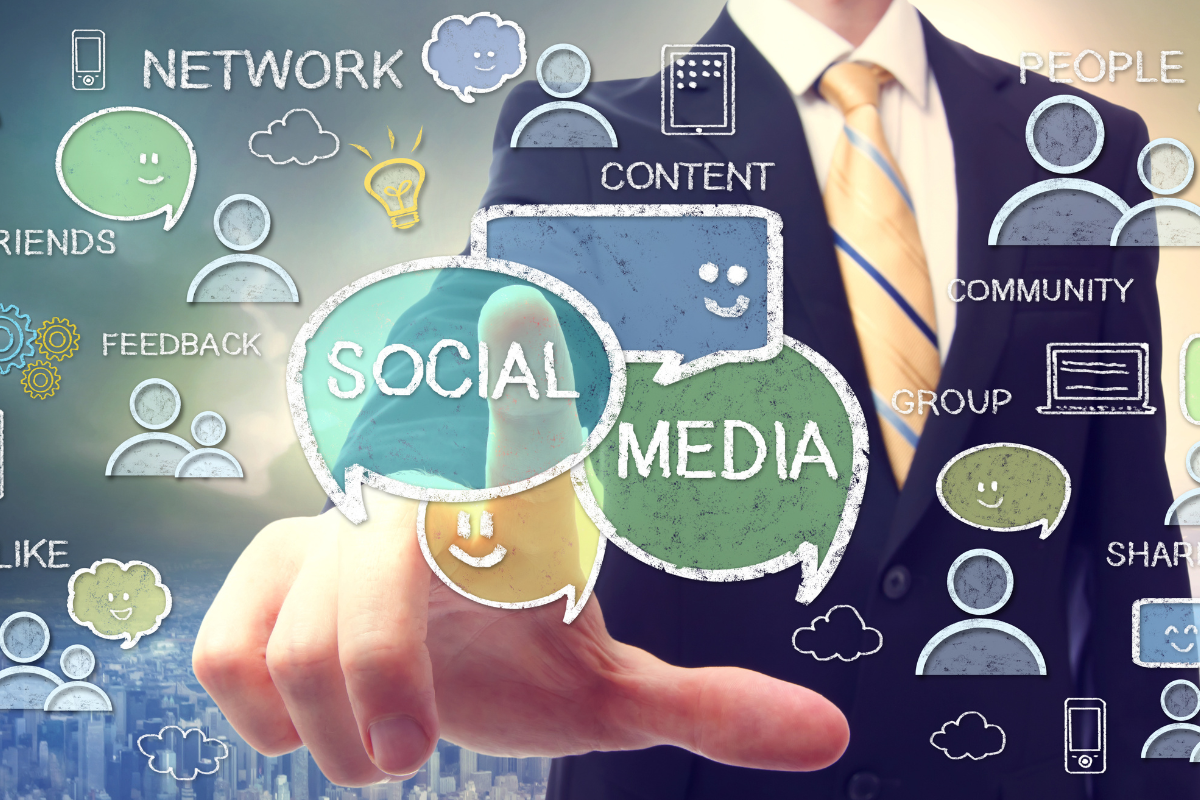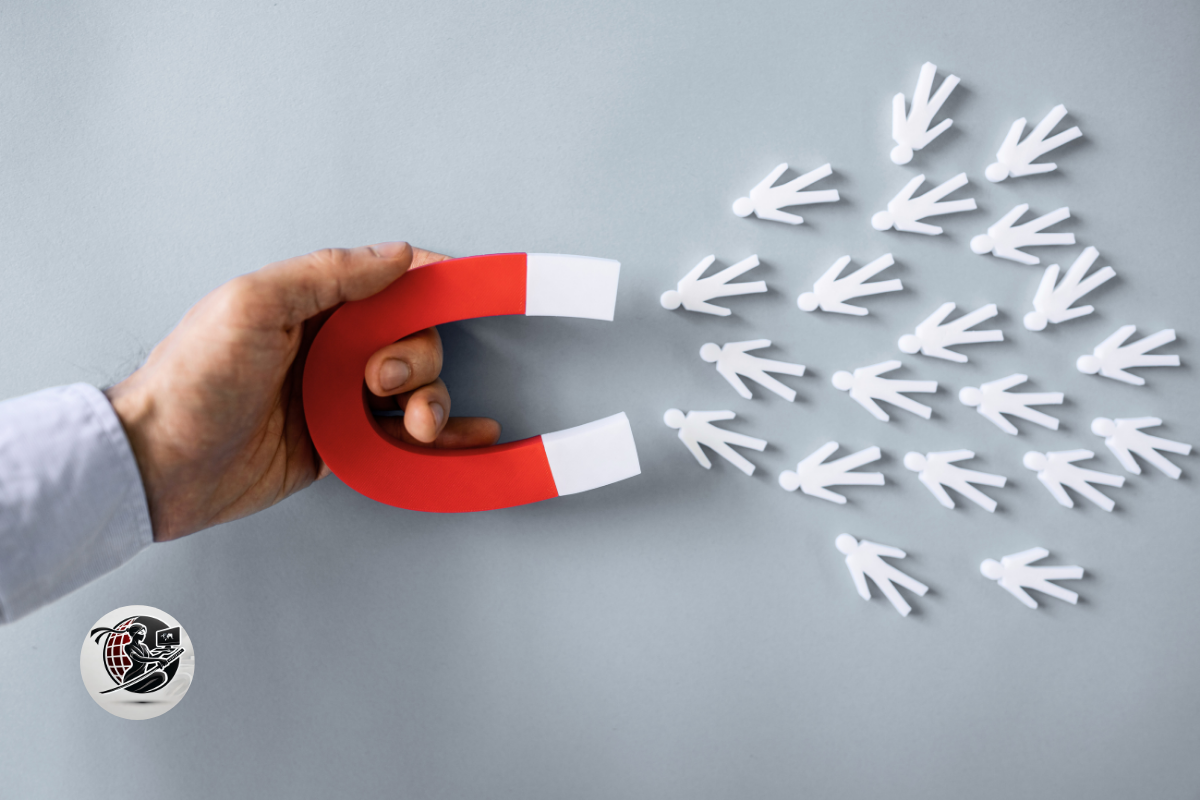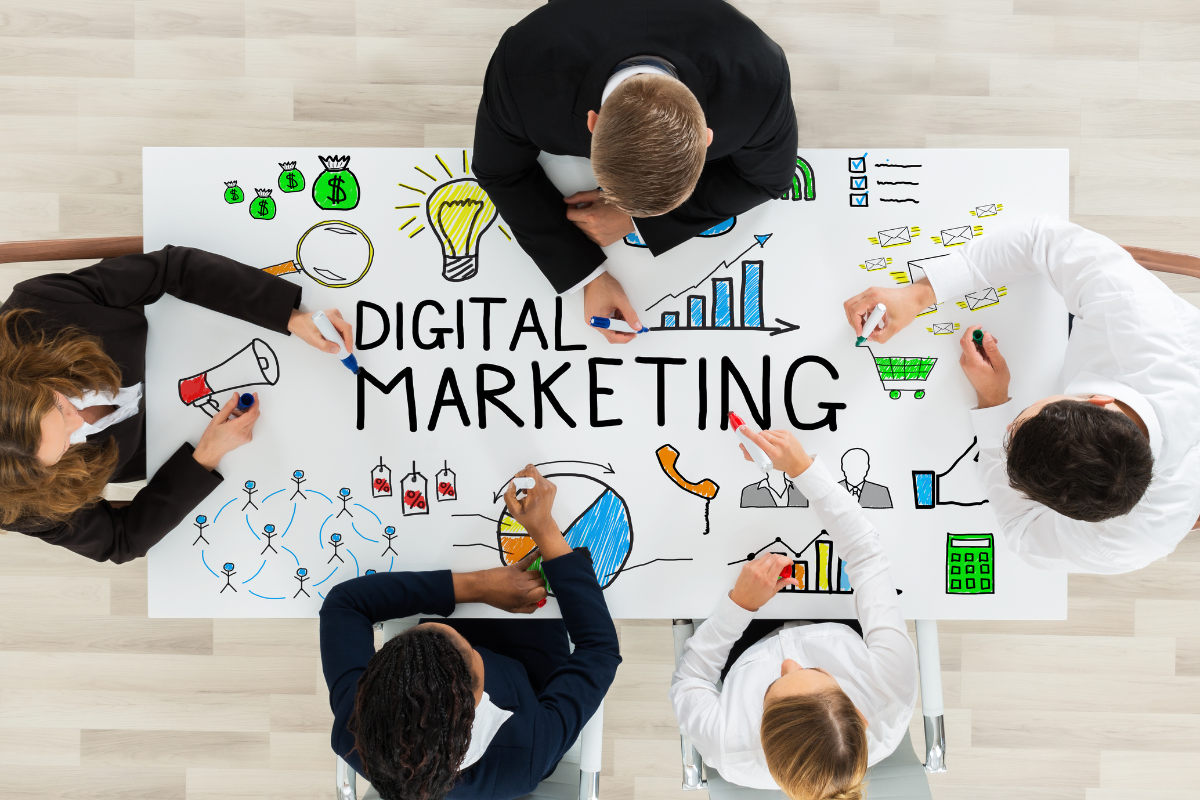Let’s talk about traffic, not the kind that makes you late for meetings, but the kind that determines how many people find your website, click through your content, and eventually buy from you.
If you’re trying to grow your business online, you’ve probably heard people debate about organic traffic vs. paid traffic. Some swear by SEO and content. Others are all about running ads and boosting posts. So… which one should you focus on?
Let’s break it down and help you decide the best route for your business right now.
What’s the Difference?
Organic Traffic – Visitors who find you through unpaid methods. Think search engine results (thanks to your SEO), social media posts, blog content, and referrals.
Paid Traffic – Visitors who land on your site because you paid to put yourself in front of them. Think Google Ads, Facebook Ads, Instagram promotions, or sponsored content.
Both bring people to your digital doorstep. But how they get there, and what it costs you, are very different stories.
Organic Traffic: The Long Game
Pros:
1. It’s Free
You’re not paying for every click. Once your blog post ranks or your social content gains traction, you can get consistent traffic without spending extra money.
2. Builds Trust and Authority
People trust Google’s top results and value content that helps them. Showing up organically positions you as an expert, not a pushy salesperson.
3. Sustainable Over Time
A great blog post can bring traffic for months. That’s evergreen power.
Cons:
1. It Takes Time
SEO and content marketing are slow burns. You won’t see overnight results, and that can be frustrating when you need sales now.
2. It Requires Consistent Effort
You’ll need to write content, optimize it, post regularly, and keep learning. It’s work, but it can pay off big in the long run.
Paid Traffic: The Fast Track
Pros:
1. Immediate Results
You can set up a campaign and start getting clicks in hours. Perfect if you have a launch, limited-time offer, or need quick visibility.
2. Highly Targeted
You can zero in on your ideal customer—age, interests, location, behavior, you name it. That means better chances of converting leads into buyers.
3. Scalable
Once you find an ad that works, you can ramp it up and reach thousands more with the click of a button.
Cons:
1. It Costs Money
You’re paying for every click. And if your ad isn’t converting, that’s money down the drain. It can get expensive fast if you’re not careful.
2. Short-Term Gains
Once you stop paying, the traffic stops. There’s no long-term return unless your ad strategy includes nurturing and retention.
3. Steep Learning Curve
Ads aren’t “set it and forget it.” They require testing, optimizing, and adjusting. If you’re new to it, expect a learning curve (or pay someone who knows what they’re doing).

Which One Should You Focus On?
That would depend on your goals, budget, and timeline. But let’s simplify this into a practical framework:
1. You’re Just Starting Out
- Focus on organic traffic.
- Build content. Learn SEO basics. Post on social media. Establish your online presence. It’s slower, yes, but it’s foundational.
2. You Need Quick Results
- Invest in paid traffic.
- Run targeted ads to promote your offer or build your email list fast. But have a plan to nurture that traffic, or it’s wasted.
3. You’re Growing and Have a Bit of Both (Time + Money)
- Use both together.
- This is where the magic happens. Use paid traffic to drive immediate results while you continue building a solid organic foundation. Use your blog to warm people up. Use retargeting ads to bring them back.
Both organic and paid traffic work.
One is the tortoise. One is the hare. You need both at different stages.
The smartest marketers know when to shift their focus and when to double down. The key is to understand your goals and use the tools that match your current phase of business.
If you’re wondering where to focus, ask yourself:
- Do I have more time or more money?
- Am I playing the long game or do I need leads now?
- Am I building a brand or launching a product?
Answer that, and you’ll know exactly where to put your energy.







